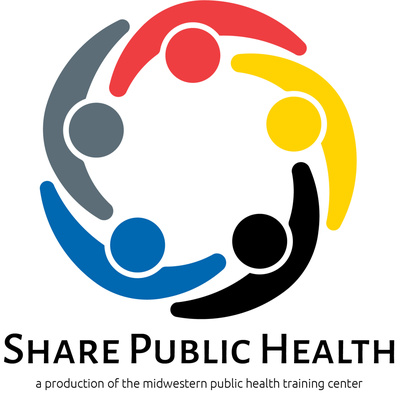Virtual Community Reception Center
Following a mass casualty radiation emergency, public health professionals will play a crucial role in assessing and monitoring people potentially exposed to radiation or contaminated with radioactive material. This process, called population monitoring, will be conducted in community reception centers (CRCs). Virtual Community Reception Center (vCRC) is a web-based training tool that provides an overview of the CRC process for planners, managers, and potential CRC staff. vCRC is a self-paced program from the CDC that uses a simulated 3-D environment, embedded video segments, an interactive process flow diagram, and customizable supporting resources to deliver a unique training experience for all users.
Radiological Screening and Decontamination Exercise
From the Center for Infectious Disease Research and Policy (CIDRAP): In the summer of 2011, the Florida Department of Health held a community reception center exercise to test its capacity to respond to a radiological emergency. Years of training responders, purchasing specialized equipment, and developing partnerships led to a successful exercise of such skills as screening and dosimetry, decontamination, and medical triage. State and local health departments across the country have been planning to address radiological threats, whether accidental (eg, incidents at nearby nuclear power plants) or man made (eg, radiological dispersal devices or "dirty bombs"). Following a radiological incident, public health agencies will monitor the affected population for contamination in community reception centers (CRCs). While falling under the purview of public health or emergency management agencies, radiological preparedness is an interdisciplinary endeavor, requiring expertise from industry and the physical/environmental sciences. Downloadable tools include: CRC Form, After-Action Report, and Improvement Plan Matrix.
National Planning Scenarios
The Federal interagency community has developed 15 all-hazards planning scenarios (the National Planning Scenarios or Scenarios) for use in national, Federal, State, and local homeland security preparedness activities. The Scenarios are planning tools and are representative of the range of potential terrorist attacks and natural disasters and the related impacts that face our nation. The objective was to develop a minimum number of credible scenarios in order to establish the range of response requirements to facilitate preparedness planning.




